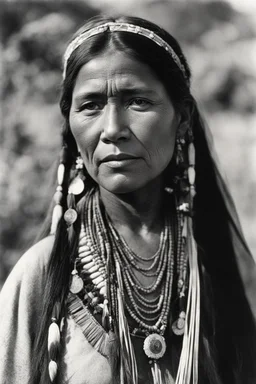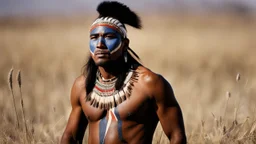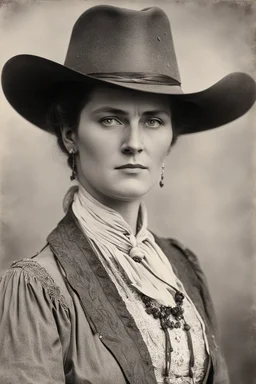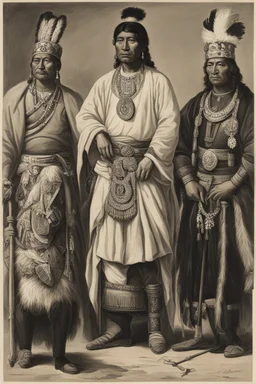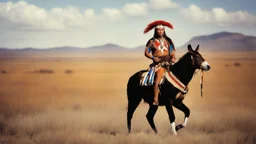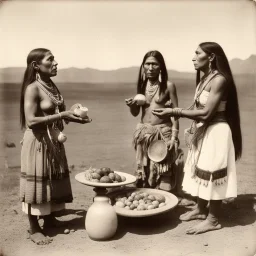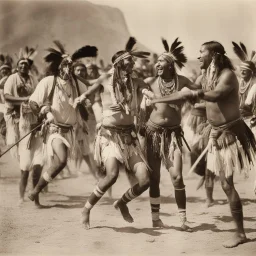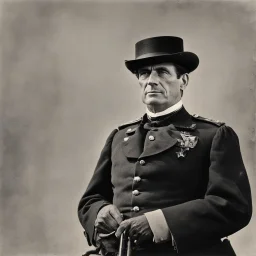

@generalpha
Prompt
Sitting Bull / D.F. Barry, photographer, Bismarck, D.T.
statue, doubles, twins, entangled fingers, Worst Quality, ugly, ugly face, watermarks, undetailed, unrealistic, double limbs, worst hands, worst body, Disfigured, double, twin, dialog, book, multiple fingers, deformed, deformity, ugliness, poorly drawn face, extra_limb, extra limbs, bad hands, wrong hands, poorly drawn hands, messy drawing, cropped head, bad anatomy, lowres, extra digit, fewer digit, worst quality, low quality, jpeg artifacts, watermark, missing fingers, cropped, poorly drawn
2 years ago
Model
SSD-1B
Guidance Scale
7
Dimensions
1024 × 1024


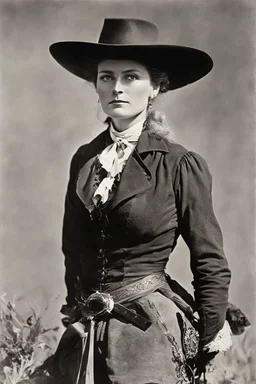
![[Palaeolithic, a Neanderthal man] Who was I? Where was I?… The landscape was totally unknown to me, even my body was unfamiliar. What forces brought me here? I searched my mind for memories… There was something there, but it was too clouded… A name… I scanned the horizon. A distant structure rose out of the mists. As evening approached I came upon an enigmatic oasis with a fountain.](https://img.stablecog.com/insecure/256w/aHR0cHM6Ly9iLnN0YWJsZWNvZy5jb20vNGQ0NWU1NDMtMThiZC00MTM4LWE2MzctNzBmYmIxZjNiNGNhLmpwZWc.webp)
